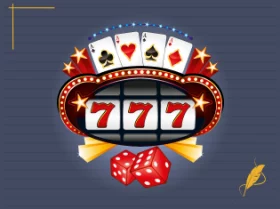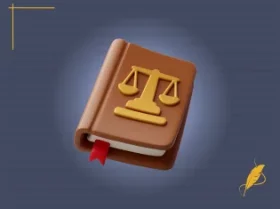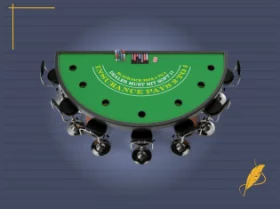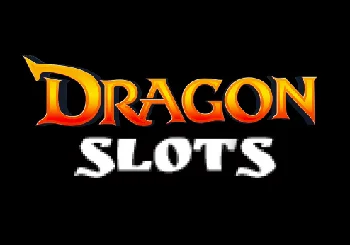One of the most popular choices in casinos worldwide, the blackjack game is straightforward to pick up and suitable for all skill levels. The aim of the game? Get as close to 21 as you can without going bust.
To play your best you should come down to having a basic understanding of the game. Let’s explore the basic blackjack rules and values to get your game started.
Foundational Rules of Blackjack
The game starts with receiving one face-down card and one facing up. This is when you’ll place your initial bet. This is one of the ways to deal blackjack, the other is when the dealer reveals both cards immediately. Your blackjack hand value is determined by the total score of each card. Some basic terms used in the game are:
- Hit: Asking for another card;
- Stand: You’re happy with your current score and won’t take any more cards;
- Double down: Opting to double your bet, take one more card and stand;
- Split: Available when your initial two cards have the same value. You may split it into two hands, doubling your wager;
- Surrender: You choose to give up half your wager and surrender the game.
Once all players have taken their turns, the dealer’s hand is revealed to determine the winner. Now you know the basic rules of blackjack! Keep reading to find out the card values and learn how to plan your strategy.
The Basics of Blackjack Card Values
When you play blackjack, calculating the value of your hand is a straightforward process. With a clear understanding of the card scores, placing bets becomes intuitive.
Whether playing in person, video, or live dealer blackjack games, the same rules apply. So what are those values?
- The number cards (2–10) have the value shown on the card;
- Face cards (J, Q, K) carry a score of 10;
- Ace could either count as 1 or 11 depending on the hand.
The Ace is unique with its interchangeable value, which you’ll determine based on the accumulated score of your hand. We should also note that blackjack card suits have no impact on the score of your blackjack hand.
Face Cards in Blackjack
When playing blackjack, the face cards are of significant importance in the goal outcome. Ideally, you want what is called a “natural blackjack”, which comprises:
- Ace and 10;
- Ace and J;
- Ace and Q; or
- Ace and K.
When compared to the dealer’s hand, the natural blackjack is an automatic win and often means a higher payout. The face value cards also determine if you split or double your bet.
How Card Values Affect Blackjack Strategies
Blackjack hand values play a significant role in the betting strategies you use. So how do you determine if the dealer’s cards are better than yours?
An example of a common strategy is counting the cards used. We know that a standard 52-card deck has 12 cards with a 10-point value. Observant players keep track of the high-value cards played to determine what’s left.
With this information, you can determine what the potential outcome is if you take another card. It also allows you to adjust your betting strategy as needed.
Soft Hands and Hard Hands in Blackjack
Having a hard or soft hand could also serve as an indicator of the outcome. Of course, it doesn’t reveal what the dealer’s hand totals, but it helps you plan your strategy better.
A soft hand means that your card combination includes a flexible Ace. The score flexibility provides a certainty that your hand won’t go bust, making this a more helpful hand.
A hard hand in blackjack either has no Ace or the Ace has a value of 1 and cannot be changed. The value of Ace has a significant impact on your winning odds as it can get you closer to victory or lead you to bust.
Soft Hands
We know that your blackjack hand values determine if the outcome would be favourable. It allows flexibility in the value, improving your chances of beating the dealer’s score. Some examples of soft hands include:
- Ace (11) + 9 = 20;
- Ace (11) + 4 + 2 = 17.
Since the Ace could count as 1 or 11, it’s safe to hit without the risk of going bust. Of course, with Ace and 9 (if Ace is 11), it’s best to stand with the hand value of 20.
A common mistake players make is to stand on a soft 17. This leaves too much room for the dealer’s blackjack cards to total closer to 21.
Hard Hands
As you already know, having a hard hand means that you either don’t have an Ace or it counts as 1 point. This type of game is harder and requires more effort to plan your strategy. Common examples of hard hands are:
- Ace, 3, J;
- Ace, 7, 10;
- Ace, 5, 8;
- 10, 7.
A general rule to work with it is to always hit on a hard 8 or lower and stand on a hard 17 or higher. Applying these strategies has a better probability of winning.
While it’s the purpose of the game, try not to focus on reaching 21 too much. Instead, your goal should be to get closer than the dealer. Up card already gives you a fair sign of the potential outcome no matter which card the dealer receives next.







![The Richest Gamblers in the World [TOP 15]](https://www.slotozilla.com/au/wp-content/uploads/sites/35760/new_uploads/2024/02/blog-sz-au-1-280x209.webp)




